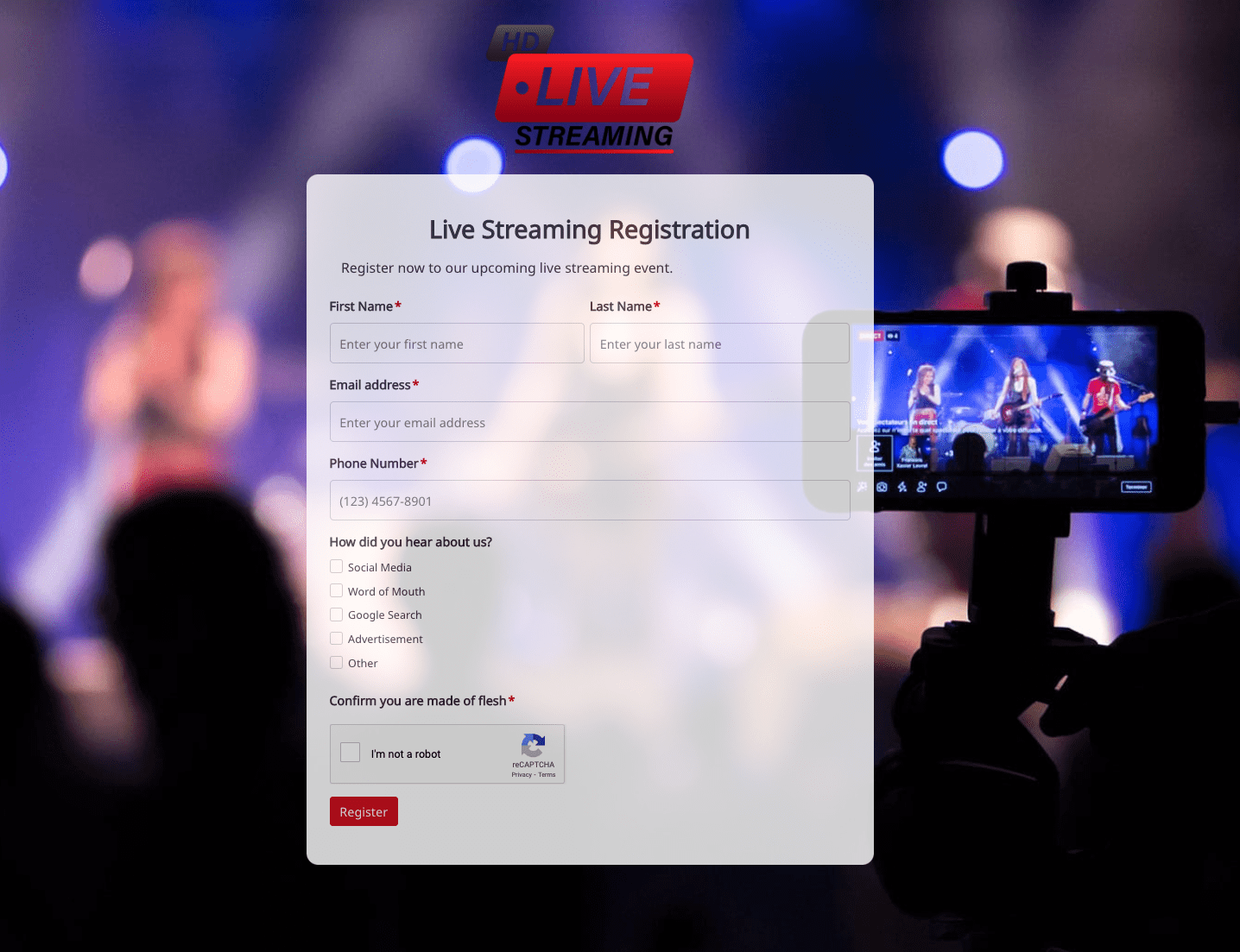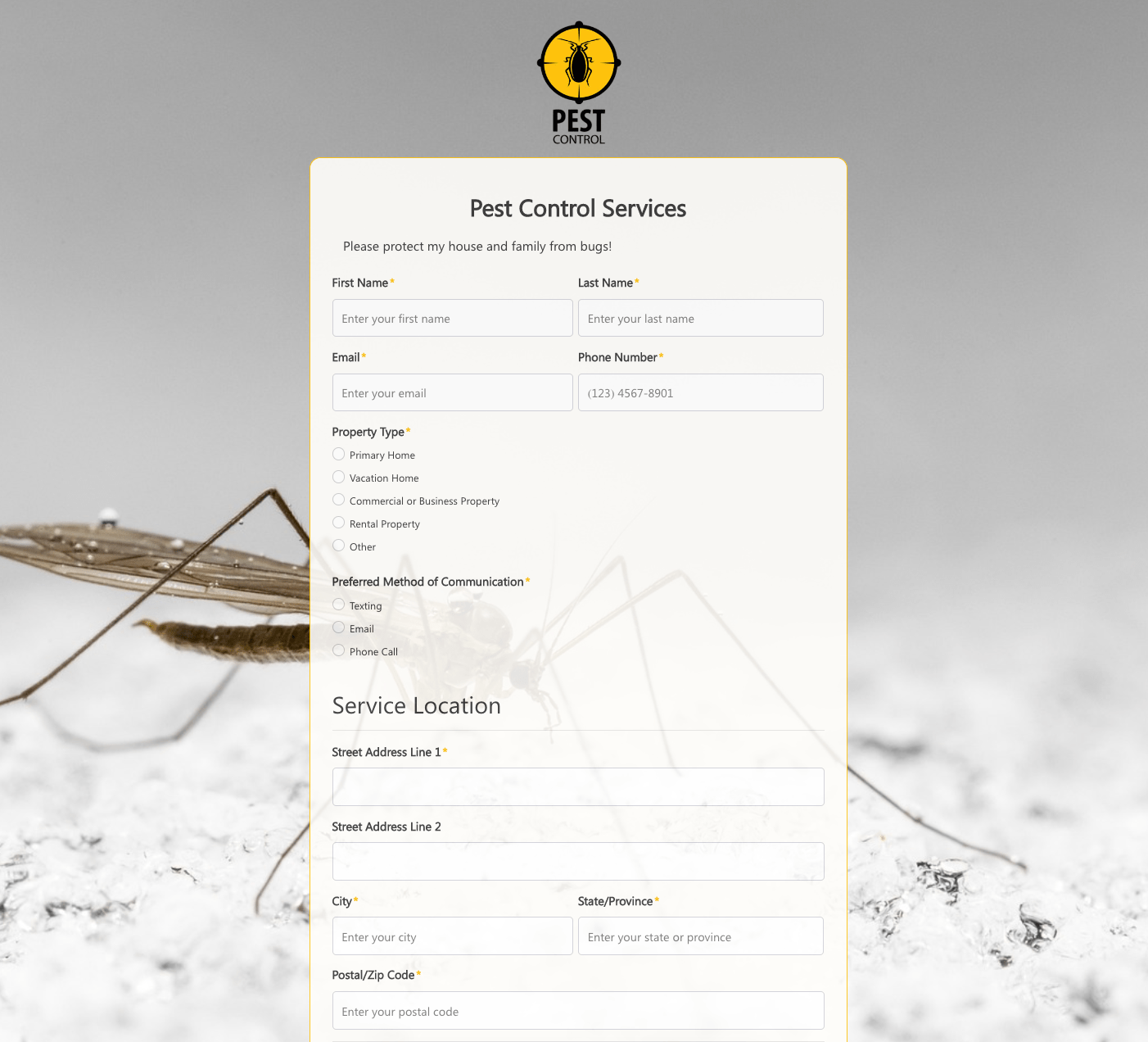Digital marketing continues to evolve at a rapid pace, and as we approach 2025, businesses must embrace the latest trends to maintain a competitive edge.
From AI advancements to purpose-driven campaigns, the digital landscape is full of opportunities for brands to create meaningful connections with their audiences.
In this article, we delve deep into the top 10 trends shaping digital marketing that will likely shape digital marketing for the years to come.
We will be offering actionable insights and practical strategies to help you stay ahead.
Contents:
- AI-Driven Marketing
- Hyper-Personalized Campaigns
- Voice and Visual Search Optimization
- Interactive and Immersive Content
- Micro-Influencers and Authenticity
- Omnichannel Marketing Strategies
- Zero-Click Content Strategies
- Data Privacy and Ethical Marketing
- The Rise of Purpose-Driven Campaigns
- Sustainability as a Marketing Imperative
- Conclusion

1. AI-Driven Marketing

Artificial intelligence is no longer just a buzzword in digital marketing; it has become a foundational tool for success.
In 2025, AI will dominate marketing strategies by enabling businesses to understand customer behavior, predict trends, and deliver hyper-relevant content.
AI-powered tools like ChatGPT and Jasper will expand beyond content generation to become integral in decision-making processes.
Marketers can use these platforms to analyze massive datasets, identifying patterns and insights that would be impossible to uncover manually.
For example, AI can predict which products will trend during a specific season or recommend optimal pricing strategies based on historical data.
AI chatbots will also evolve significantly, offering personalized and emotionally intelligent responses that mimic human interaction.
This advancement will allow businesses to provide exceptional customer service 24/7, boosting customer satisfaction and loyalty.
Additionally, AI-driven advertising platforms will enable brands to optimize their ad spend in real time, targeting the right audience segments with precision.
These advancements make AI indispensable for businesses seeking to streamline operations and maximize ROI in 2025.
2. Hyper-Personalized Campaigns

Consumers are no longer satisfied with one-size-fits-all marketing approaches.
In 2025, hyper-personalization will set brands apart by delivering highly tailored experiences to each individual customer.
Leveraging data from user behavior, purchase history, and even real-time interactions, businesses can craft campaigns that feel uniquely relevant.
For instance, e-commerce platforms can use AI to analyze a shopper’s browsing history and send them personalized product recommendations via email or in-app notifications.
Streaming services like Netflix and Spotify have already set the standard for this approach, and other industries are catching up.
However, personalization goes beyond product recommendations.
Brands can tailor entire marketing journeys, from dynamic website content that changes based on user preferences to email campaigns that adjust messaging and offers in real-time.
By delivering content that resonates on an individual level, businesses can foster stronger relationships and drive higher conversions.
3. Voice and Visual Search Optimization

Voice and visual searches are rapidly transforming how consumers find information.
In the coming years, optimizing for these search methods will be essential for maintaining online visibility.
As voice assistants like Alexa, Siri, and Google Assistant become more sophisticated, users are increasingly using conversational queries to search for products and services.
Brands must adapt by focusing on long-tail keywords and natural language processing to ensure their content aligns with how people speak.
For example, instead of targeting “best running shoes,” businesses might optimize for “What are the best running shoes for beginners?”
Visual search tools like Google Lens are also gaining traction, enabling users to search for products simply by uploading an image.
Retailers can take advantage of this trend by ensuring their product images are high-quality and include detailed metadata.
This approach not only improves search visibility but also enhances user experience, making it easier for customers to find what they’re looking for.
4. Interactive and Immersive Content

Engaging users in 2025 will require more than static content.
Interactive and immersive experiences will dominate, as they offer a unique way to capture attention and keep audiences engaged.
From quizzes and polls to augmented reality (AR) and virtual reality (VR) applications, the possibilities are endless.
For instance, real estate companies can use VR to offer virtual property tours, allowing potential buyers to explore homes from the comfort of their living rooms.
Similarly, retailers can create AR applications that let users “try on” clothes or accessories virtually before making a purchase.
Interactive content not only boosts engagement but also provides valuable data about user preferences and behavior.
By incorporating these formats into their strategies, businesses can create memorable experiences that drive loyalty and conversions.
5. Micro-Influencers and Authenticity

The influencer landscape is shifting, with micro-influencers taking center stage in 2025.
These individuals, typically with 1,000 to 100,000 followers, have highly engaged audiences that trust their opinions and recommendations.
Unlike mega-influencers, micro-influencers often focus on niche topics, allowing brands to target specific demographics more effectively.
For example, a fitness apparel brand might collaborate with a micro-influencer specializing in yoga to promote a new line of sustainable yoga wear.
This approach not only ensures relevance but also builds authenticity, as the influencer’s followers view their endorsements as genuine.
By partnering with multiple micro-influencers, brands can amplify their reach while maintaining the authenticity that resonates with today’s consumers.
6. Omnichannel Marketing Strategies

Omnichannel marketing will be a cornerstone of successful strategies in the future.
It actually already is.
This approach ensures that customers have a seamless experience across all touchpoints, whether they’re interacting with your brand online, in-store, or via social media.
For instance, a customer browsing a product on your website can receive a personalized discount code via email, which they can redeem in-store.
By integrating data from multiple channels, businesses can create unified experiences that enhance convenience and foster loyalty.
Marketing automation tools will play a critical role in enabling omnichannel strategies, allowing brands to track customer interactions and deliver consistent messaging across platforms.
7. Zero-Click Content Strategies

Zero-click content is changing how users interact with search engines.
By 2025, most search results will be answered directly on the search engine results page (SERP) through featured snippets, knowledge panels, and "People Also Ask" sections.
This trend allows users to access the information they need without visiting the source website.
While this might seem like a disadvantage, it offers a powerful opportunity to build brand awareness.
By crafting concise, authoritative answers and using schema markup, businesses can position themselves as thought leaders.
For example, an interior design firm could optimize content to answer "What are the best colors for a small living room?" directly on the SERP, increasing visibility.
Zero-click strategies also emphasize the importance of branding.
Even if users don’t visit your site, seeing your name associated with high-quality information builds trust and recognition.
8. Data Privacy and Ethical Marketing

As data privacy regulations become stricter, ethical marketing will be non-negotiable in 2025.
Laws such as GDPR and CCPA have already set the standard, and more regions are expected to implement similar frameworks.
Businesses must prioritize transparency and obtain explicit user consent when collecting and using data.
Ethical marketing practices extend beyond compliance.
Brands must focus on building trust by being open about their data usage policies.
For example, a clothing retailer might include a clear explanation of how it uses customer data to personalize recommendations, ensuring customers feel comfortable sharing their information.
Moreover, ethical advertising practices, such as reducing intrusive pop-ups and respecting user preferences, will enhance customer satisfaction and loyalty, ultimately driving better results.
9. The Rise of Purpose-Driven Campaigns

In 2025, consumers will increasingly support brands that align with their values.
Purpose-driven marketing focuses on promoting a cause that resonates with your audience, whether it’s sustainability, social justice, or mental health awareness.
These campaigns go beyond traditional advertising to create deeper emotional connections.
For instance, a cosmetics company might launch a campaign supporting body positivity, using real customer stories and inclusive product lines.
By authentically aligning with their audience’s beliefs, brands can build loyalty and attract like-minded consumers.
However, authenticity is key.
Businesses must ensure their initiatives reflect genuine commitment rather than opportunistic marketing, as consumers can quickly identify insincerity.
10. Sustainability as a Marketing Imperative

Sustainability will also be a critical focus for businesses in the years to come.
Consumers are demanding eco-friendly practices, and brands that fail to adapt risk losing market share.
From sourcing materials responsibly to reducing carbon footprints, sustainability must be integrated into every aspect of operations.
For example, a food brand might highlight its use of biodegradable packaging or its efforts to minimize food waste.
These initiatives not only appeal to environmentally conscious consumers but also differentiate the brand in a competitive market.
Sustainability marketing isn’t just about messaging—it’s about action.
Companies that genuinely embrace eco-friendly practices and transparently share their progress will build stronger, more loyal customer relationships.
Conclusion
As we move into 2025, the digital marketing landscape is brimming with opportunities for innovation and growth.
By adopting trends like AI-driven strategies, hyper-personalization, and sustainability-focused campaigns, businesses can stay ahead of the curve and build lasting connections with their audiences.
Success in 2025 will depend on a brand’s ability to adapt to these changes while maintaining authenticity and customer-centricity.
Whether you’re leveraging zero-click content or collaborating with micro-influencers, the key is to create value and foster trust at every touchpoint.
The future of digital marketing is exciting, and now is the time to prepare.
Embrace these trends, experiment with new strategies, and position your brand for success in the years to come.

 Access Request Form
Access Request Form
 Afterparty RSVP Form
Afterparty RSVP Form
 Band Discovery Form
Band Discovery Form
 Book a room Form
Book a room Form
 Booking Enquiries Form
Booking Enquiries Form
 Brochure Mailing Form
Brochure Mailing Form
 Buy a Home Form
Buy a Home Form
 Catalog Request Form
Catalog Request Form
 Coach Lines Quote Form
Coach Lines Quote Form
 Contact Us Form
Contact Us Form
 Credit Application Form
Credit Application Form
 Drop me a line Form
Drop me a line Form
 Enquiry / Feedback Form
Enquiry / Feedback Form
 Got a question? Form
Got a question? Form
 Instant Quote Form
Instant Quote Form
 Job Application Form
Job Application Form
 Language & Literacy Lab Form
Language & Literacy Lab Form
 Live Streaming Registration Form
Live Streaming Registration Form
 More Information Form
More Information Form
 Order Exchange Form
Order Exchange Form
 Party Box Order Form
Party Box Order Form
 Pest Control Services Form
Pest Control Services Form
 Poll / Survey Form
Poll / Survey Form
 Receive Ebook Form
Receive Ebook Form
 Refinance Mortgage Form
Refinance Mortgage Form
 Remarks / Questions Form
Remarks / Questions Form
 Report Driver Form
Report Driver Form
 Retreat Information Form
Retreat Information Form
 Service Enquiry Form
Service Enquiry Form
 Skydiving Registration Form
Skydiving Registration Form
 Spare Part Enquiry Form
Spare Part Enquiry Form
 Staff Application Form
Staff Application Form
 Submission Form
Submission Form
 User Registration Form
User Registration Form
 Website Under Construction Form
Website Under Construction Form
 Wedding Photographer Form
Wedding Photographer Form
 Your Opinion Matters Form
Your Opinion Matters Form























.jpeg)

